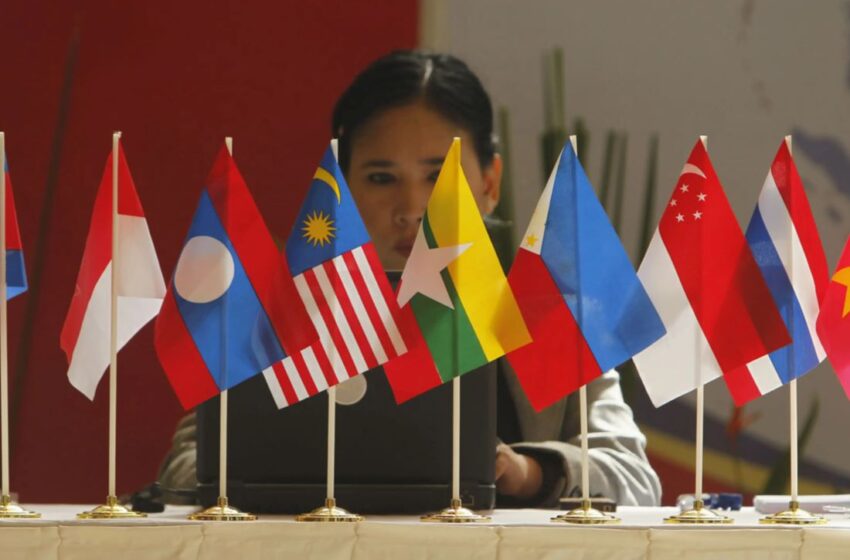
SEA May Outpace China’s Economic Growth in 10 Years
Growing demographics and a global supply chain shift is expected to help Southeast Asia outpace China’s economic growth in the next 10 years, a new report revealed.
Singapore-based think tank Angsana Council along with Bain Consultancy and the city-state’s DBS Bank, on Thursday released a report entitled “The Southeast Asia Outlook 2024-2034,” which has projected that the gross domestic product of six key regional economies – Indonesia, Malaysia, the Philippines, Singapore, Thailand and Vietnam – was expected to increase by an average of 5.1% annually until 2034, outpacing China’s projected growth of 3.5% to 4.5%.
Country wise, Vietnam is expected to lead with 6.6%, followed by the Philippines with 6.1%, while Singapore — the slowest among the six — is expected to manage 2.5%.
Charles Ormiston, an advisory partner at Bain and Angsana Council’s chair, said that this was due to the region’s strong domestic growth and companies diversifying production beyond China.
“Multinational investments will be highly contested, with the competition between countries improving outcomes for both businesses and consumers,” he said.
While the report did not provide the exact FDI figures, it said that overseas funding to Southeast Asia will maintain strong growth momentum. Last year, the six economies attracted more foreign capital than China — the first time in a decade. In 2023, FDIs into the six countries were to the tune of $206 billion compared with $42.7 billion for China.
In addition to being the largest trading partner, the report noted that China is likely to become the largest investor in the region. “Not only Western investors in China, but Chinese investors are now looking to move offshore, to bypass the tariff restrictions and security concerns,” Ormiston said.
US Largest Investor
According to the ASEAN Secretariat, the US was the regional bloc’s largest source of FDI at $37 billion in 2022, accounting for 16.5% of the total, with a bulk of around $20 billion going into manufacturing and finance sectors. Excluding intra-ASEAN investments, Japan came in second at $27 billion, followed by China at $15 billion.
In terms of real GDP, China remains atop compared with SEA member states. While China’s real GDP in 2034 was $21 trillion, which was about five times that of the above said six countries combined. Even the International Monetary Fund (IMF), in its World Economic Outlook Database, said that China’s real GDP in 2029 will be 4.3 times that of ASEAN’s ten members combined.
To spur growth, the IMF report said that countries should prioritise investing in emerging sectors that fit with their established clusters, workforce and natural resources. Fostering a robust start-up ecosystem and strengthening their capital markets are key areas to support new companies and financing, it added.
DBS Bank’s Managing Director and Chief Economist Taimur Baig said that FDI should not necessarily go to one favourite sector or one company, which then enjoy the monopoly status, or preferred status in the economy.
“This is sure fire way of actually wasting that FDI, he said. The biggest spill-over that comes from FDI is when it allows greater competition,” he added.
Meanwhile, Japan’s Nikkei Asia reported that among the newer growth sectors, Thailand and Indonesia are emerging as regional hubs for electric vehicle supply chains. Malaysia, Singapore and Vietnam are expanding semiconductor production across different parts of the value chain, while the region is broadly benefiting from a boom in data centre investments.
But the report warned that low-cost labour, subsidised land and tax holidays — all of which most Southeast Asian countries have traditionally relied on — would not drive high quality FDI.
Southeast Asia has traditionally relied on gas and coal to produce cheap power, and has attracted the lowest level of solar and wind power investment globally over the past five years, second only to sub-Saharan Africa, according to a report last year by McKinsey & Co. and Singapore’s Economic Development Board, Nikkei Asia added.













